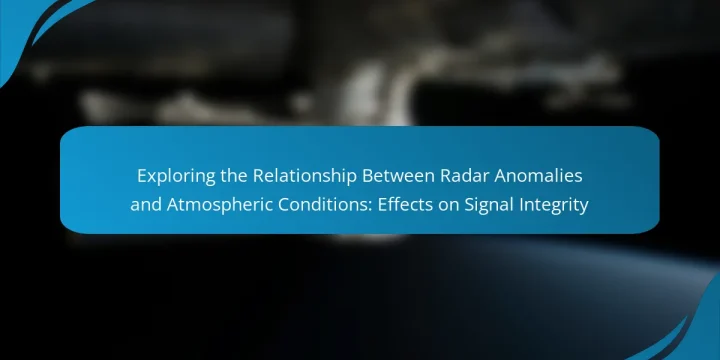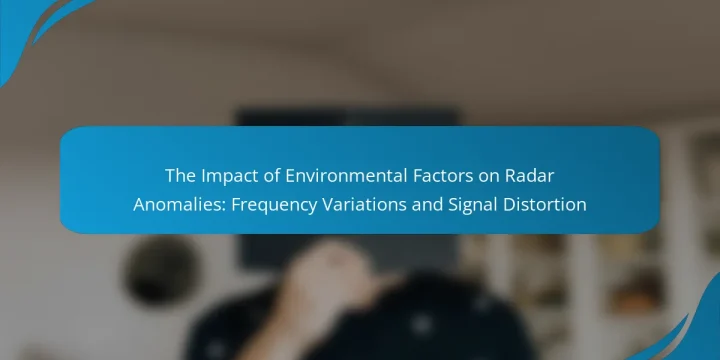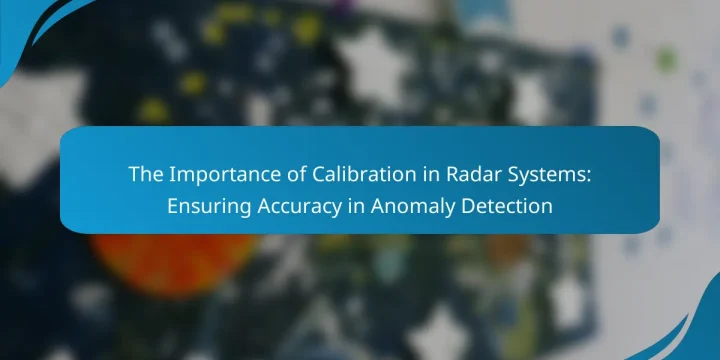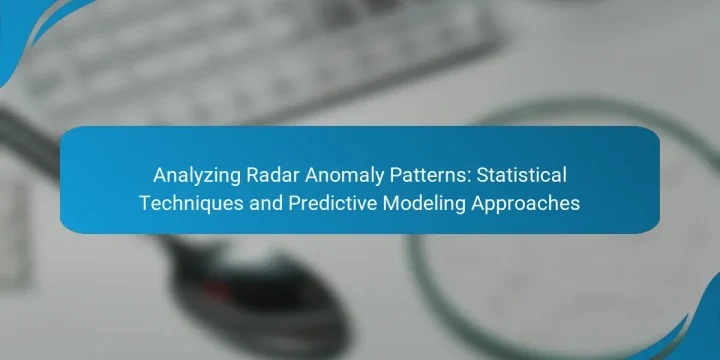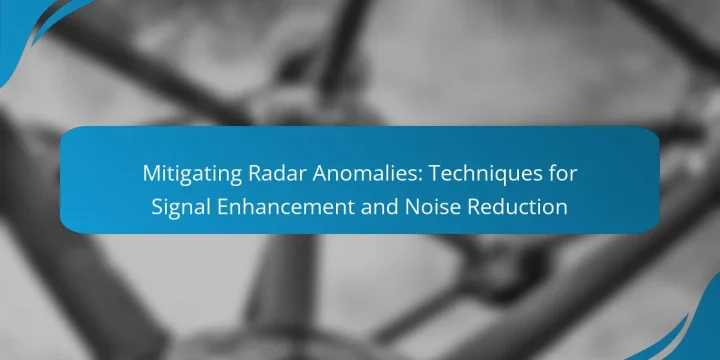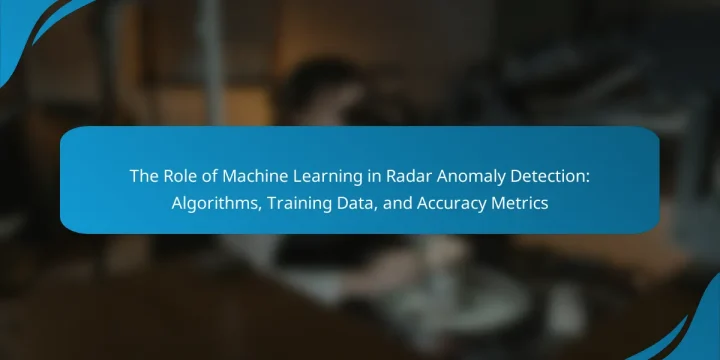
Machine learning is a pivotal technology in radar anomaly detection, facilitating the identification of unusual patterns in radar data through advanced algorithms. These algorithms, including Support Vector Machines, Neural Networks, and Decision Trees, analyze large datasets and learn from historical data, enhancing accuracy over time. The effectiveness of these models relies heavily on high-quality training data, which is essential for recognizing various patterns and minimizing false positives. Additionally, accuracy metrics such as precision, recall, F1-score, and overall accuracy are crucial for evaluating the performance of detection algorithms, allowing for informed comparisons and selections of the best-performing models. This article explores the algorithms, training data significance, and accuracy metrics that underpin the role of machine learning in improving radar anomaly detection systems. What is the Role of Machine Learning in Radar…




